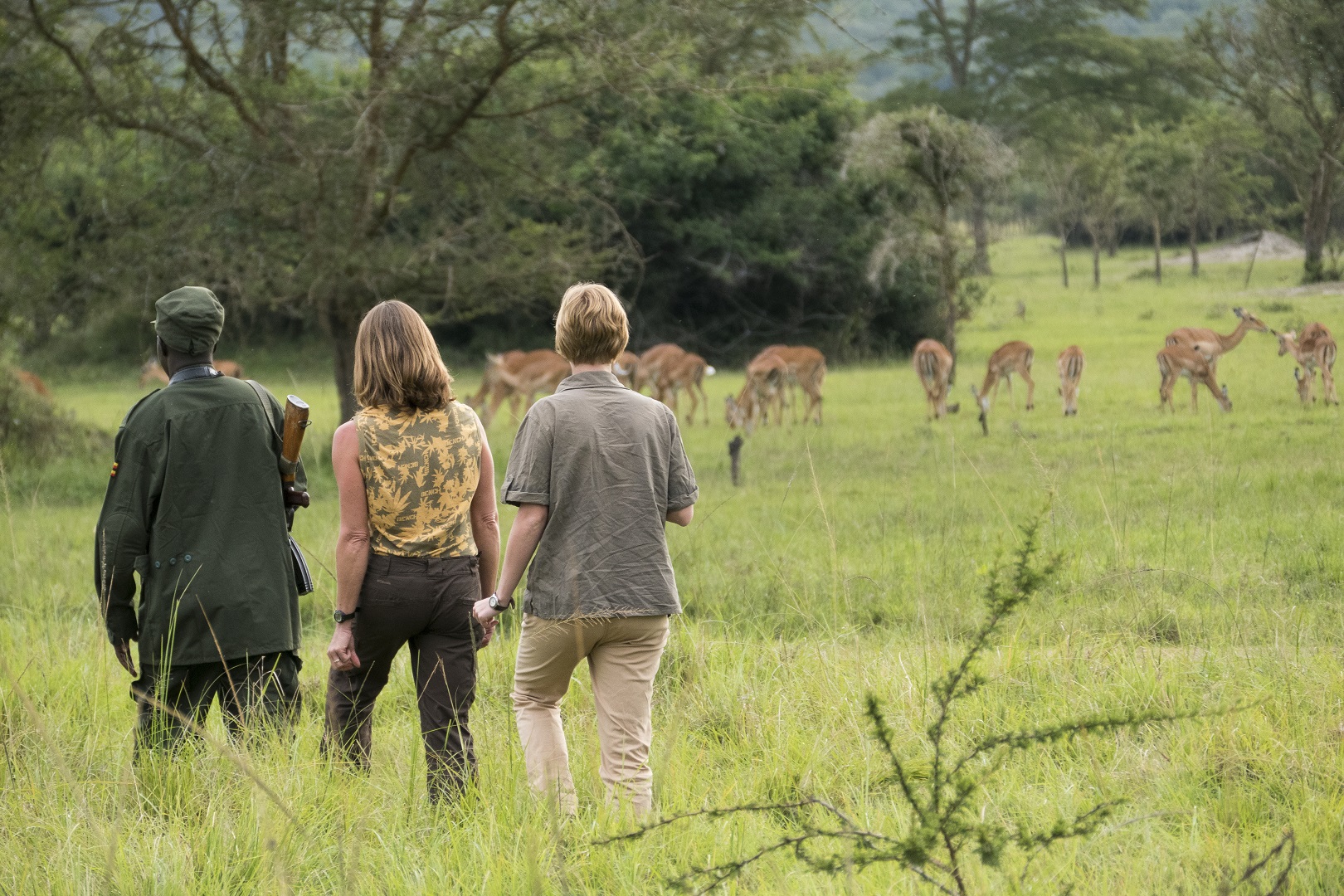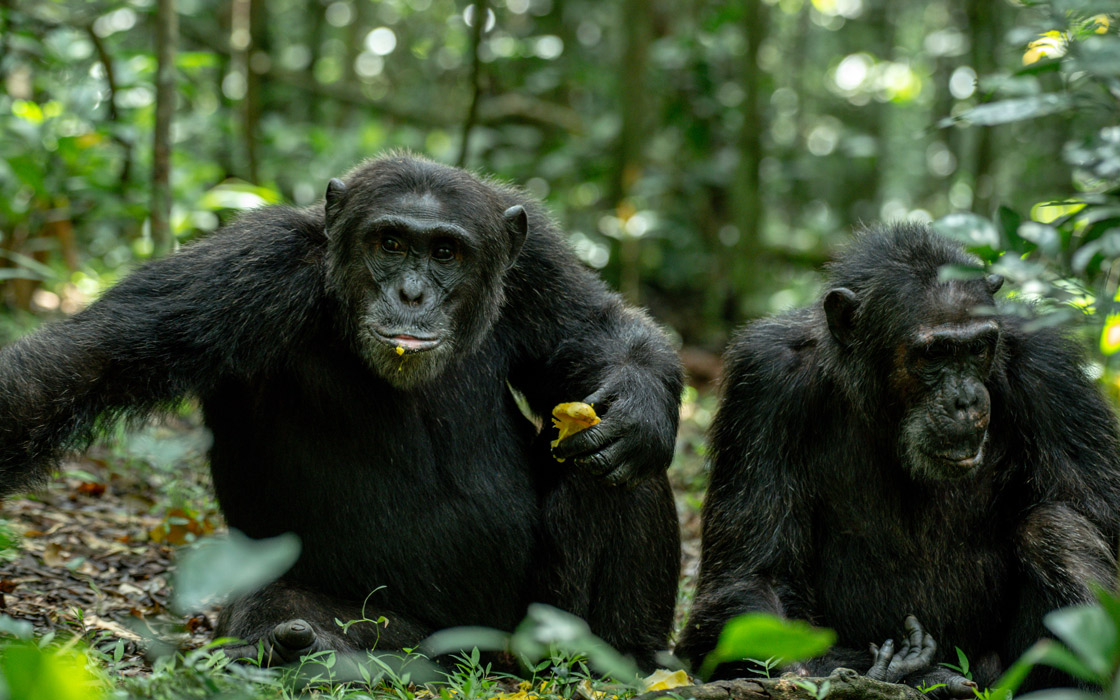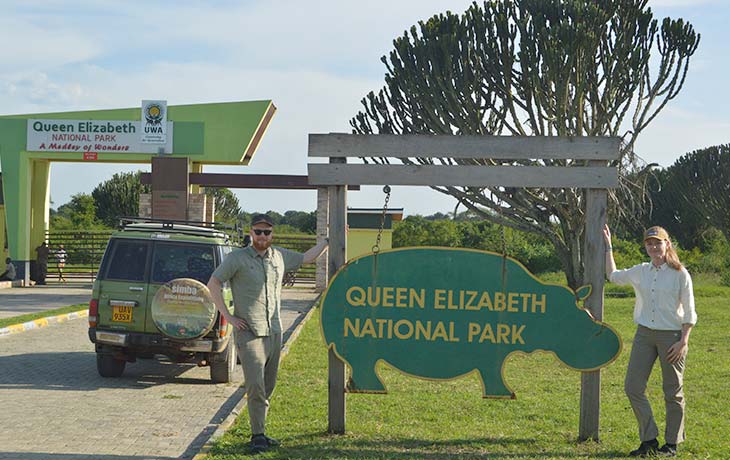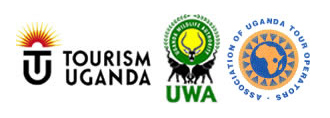
Lake Victoria
Lake Victoria
Lake Victoria is the biggest tropical lake in the world and the biggest lake. The lake has the biggest freshwater fishery in the world. It produces 1 million tonnes of fish every year and gives jobs to 200,000 people. This fishery helps 4 million people make a living. The major threats to the lake are deforestation, land use change, water pollution, overfishing, water hyacinth invasion, wetland degradation and discharge from urban areas, industries and farmlands.
Lake Victoria is home to a lot of different animals. Many kinds of mammals live in the area around Lake Victoria, such as the hippopotamus, the marsh mongoose, and the giant otter shrew. It also has some animals, like the Nile crocodile and the African helmeted turtle, as well as a lot of crustaceans, like four different kinds of freshwater crabs.
There are more than 200 kinds of fish in Lake Victoria, but the haplochromine cichlids are the only ones that live there. However, many species have become extinct in the last 50 years and scientists predict that Lake Victoria’s indigenous fish species have decreased by 80%.
Nile crocodiles in Lake Victoria are the top predators in the lake, and they are very violent. Lake Victoria is also home to a lot of alien species, like the Nile perch, which is very well known. In 1954, the colonial government introduced the predatory Nile perch upstream of Murchison Falls to improve Lake Victoria’s fisheries. Over the course of several decades, the Nile perch has impacted the natural balance of Lake Victoria’s ecosystem.
A rapid decrease in the number of algae-eating fish allowed algae to grow at a rapid rate. In turn, more trash fell into the deeper parts of the lake before it was broken down. This decreased the amount of oxygen in the deeper water, which made fish move to the shallower parts. Africa’s biggest lake is located between Kenya, Uganda, and Tanzania. Uganda has 45% of Lake Victoria’s surface area, which is 68,800 km2. The lake’s waters are important to the wealth of millions of East Africans.
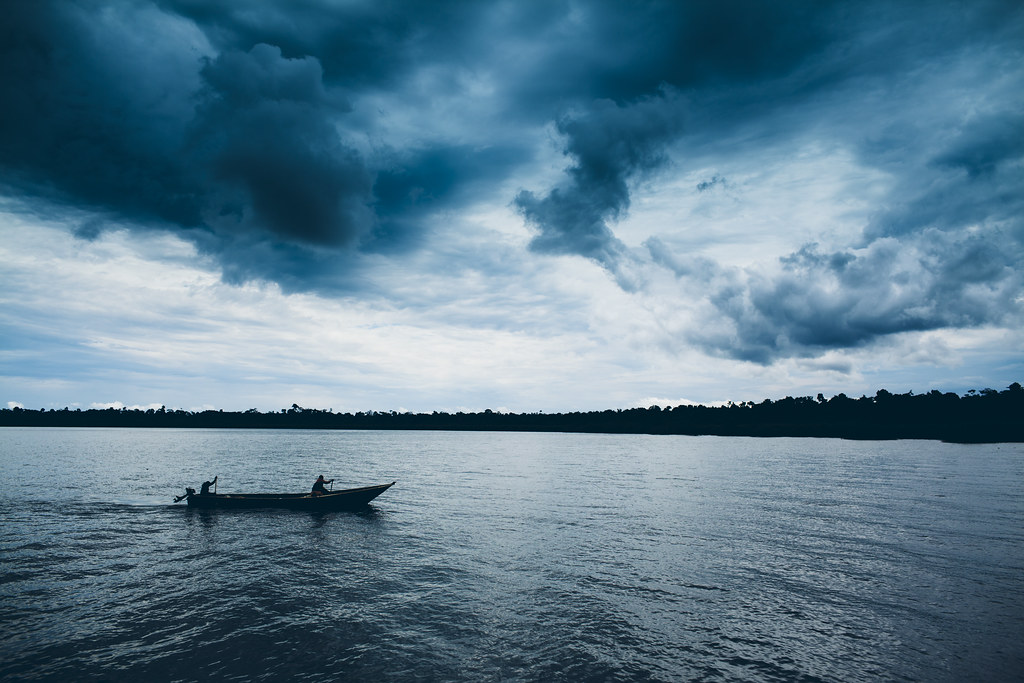
Named after Queen Victoria by the explorer John Hanning Speke, the lake had been a part of local legend long before Speke’s discovery of it in 1858. Speke’s claim that Lake Victoria is where the Nile starts caused a big stir in the scientific world and sparked a heated discussion.
Lake Victoria is an important part of any safari to Uganda because of its wildlife, islands, and size.
Bio-physical and demographic characteristics.
About 40 million people live in the area around Lake Victoria. On average, there are 250 people per square km. The population of the basin grows by 3.5% every year, which is one of the highest growth rates in the world. Except for Kenya, the basin countries are some of the poorest in the world. Most people in these countries live on less than $1.25 per day. There are a lot of water-related diseases, like malaria, bilharzia, and cholera, because many people don’t have access to clean water or good cleanliness. About 24% of people have HIV, which is higher than the rate of 5% to 10% in other similar countries.
It is also the world’s largest tropical lake and the second largest fresh water body in the world. About 400,000 years ago, Lake Victoria came into existence. It is 1,134 m above sea level. It has a surface area of 68,800 km2, an average depth of 40 m, a maximum depth of 80 m, a volume of 2,760 km3, and a basin area of 195,000 km2 that goes into Rwanda and Burundi. Kenya (6%) Uganda (43%) and Tanzania (51%) all have land along the coast. The lake gets water from the Kagera, Katonga, Sio, Yala, Nyando, Sondu Miriu, and Mara rivers, and the Nile takes water out of the lake.
The climate in the lake basin fluctuates from tropical rain forest with rainfall over the lake for much of the year to a semi dry climate with intermittent droughts over some areas, and with temperatures varying between 12-26°C. Most of the water in the lake comes from rain (117 km3/year), but almost the same amount is lost through evaporation (105 km3/year) and moved away by the Nile (33 km3/year). Along the western and northern shores of the basin, there are patches of closed evergreen forest. In the bays, there are open landscapes and swampy marshes, which are good places for birds, crocodiles, and hippos to live. About 17,300 years ago, the lake dried up, and it started to fill up again about 14,700 years ago.
Safari activities done on Lake Victoria.
Swimming.
Only certain parts of Lake Victoria are safe to swim in, but some people and tourists choose to swim in other parts at their own risk. Local officials estimate that around 5,000 people die on Lake Victoria each year, and drowning is tragically a common cause of death. There is also a chance of getting bilharzia, also called schistosomiasis, which is a tropical disease caused by flatworm parasites.
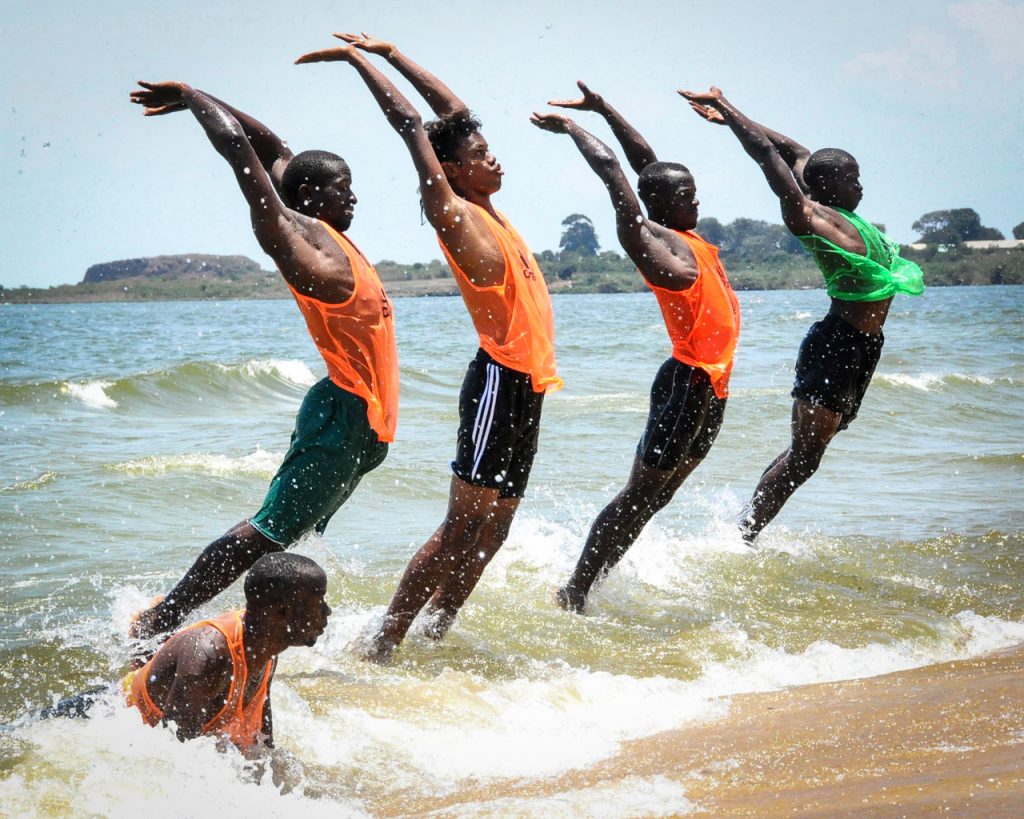
Ngamba Island Chimpanzee Sanctuary.
Ngamba Island is one of the most famous islands in Lake Victoria. It is about 27 kilometres south-east of Entebbe. At the Ngamba Island Chimpanzee Sanctuary, 50 young chimpanzees from all over East Africa have been taken in. The sanctuary is run by The Chimpanzee Trust, an NGO which aims to effectively protect chimpanzees and offer captive care for chimps which cannot survive in the wild. You can choose between half and full day safaris to the sanctuary and chimp enthusiasts can even spend the night at Ngamba Eco lodge.
Ssese Islands.
In the north-west of Lake Victoria, the Ssese Islands are a hidden paradise with white sand beaches and clear blue water. This unique group of 84 islands is a must-see for travelers who want to relax in a faraway paradise.
Bugala Island; is the most developed of the Ssese Islands, and you can take a boat cruise safaris to get there from Entebbe. Bugala is a place where you can do many different things, like ride quad bikes, fish, and watch birds.
Banda Island; is farther away, and it has a beautiful, uncomplicated feel. Get away from other tourists and enjoy meditative walks along the beach as you take in beautiful scenery.
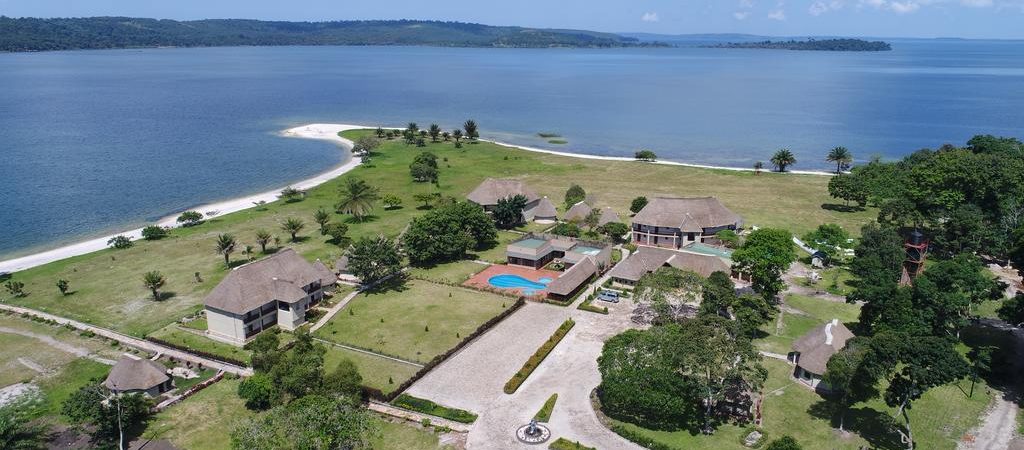
Mabamba Swamp.
This swamp on the northern shore of Lake Victoria is the most important safari destination in Uganda to see birds. The mysterious Shoebill is one of the more than 300 bird types that live in Mabamba.
Mabamba is an excellent safari destination to go bird watching. You will get into a traditional canoe, and a local guide will lead you through the maze of channels while telling you about the local environment and the best places to take photos. The best time to see the Shoebill is in the early morning, but you might also see the African marsh harrier and other interesting species.
Uganda Wildlife Education Centre.
The “Entebbe Zoo” is a home for animals that can’t live in the wild. It is like an orphanage for animals. This is a great excursion for anyone who loves animals and is near Lake Victoria. The zoo is a great safari destination to learn more about a wide range of animal species. You can watch chimpanzees swing through the trees or lions patrol their area. Animal lovers will be able to get even closer to the lions and elephants on the safari to the destination.
When is the best time to visit Lake Victoria?
The best time to visit Lake Victoria for birding, fishing, and biking is during the peak season of June to October.
During the dry season, fewer water sources are available inland, causing a greater variety of birds to gather at Lake Victoria. During these months, paths and bike tracks will be less muddy and safer.
But March through May, when it rains a lot, can also be a fun time to visit Lake Victoria. If you are serenely by downpours and rougher waters, you can watch as Lake Victoria becomes regenerated by new flowers, grasses, and avian chicks.

